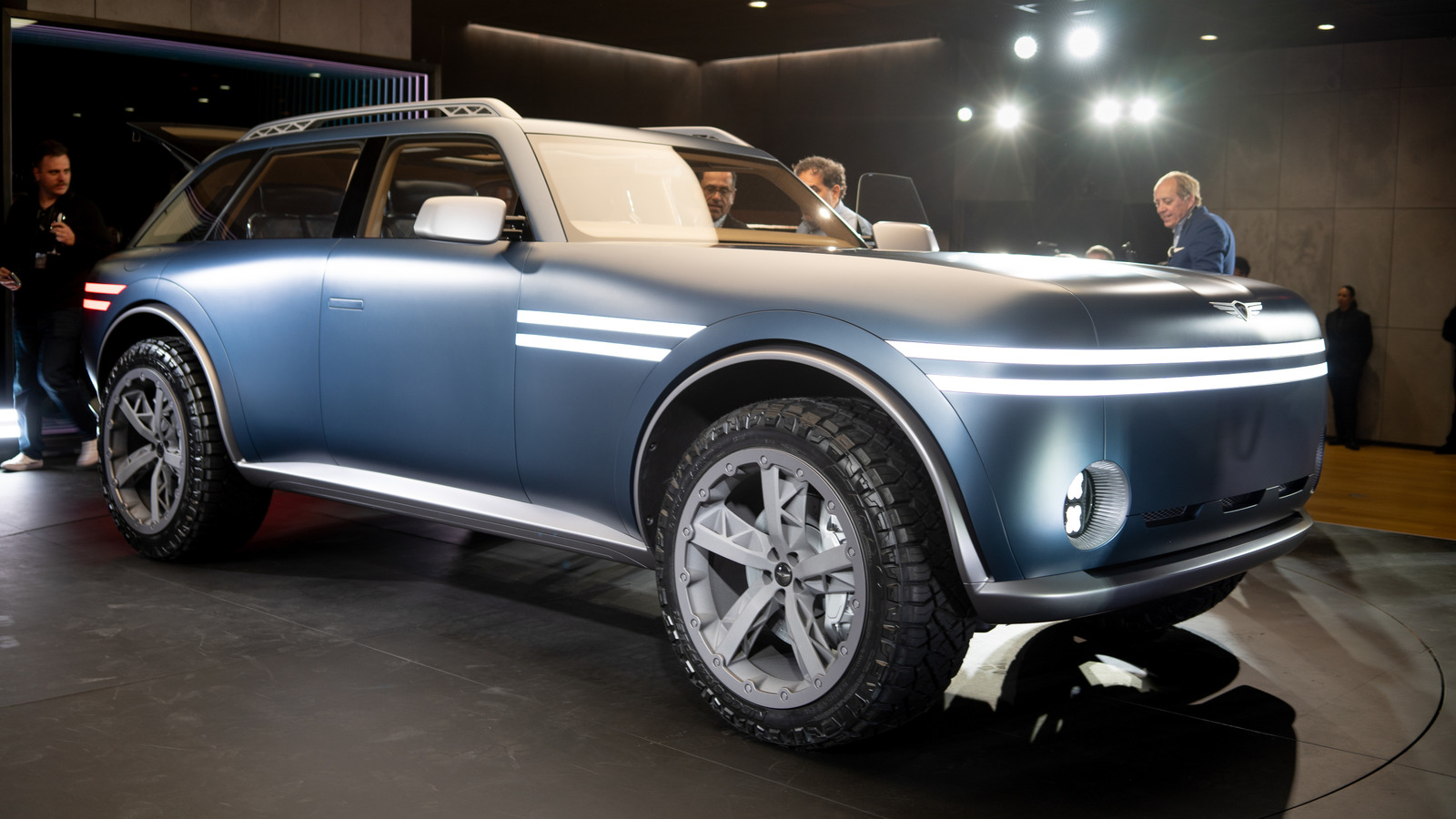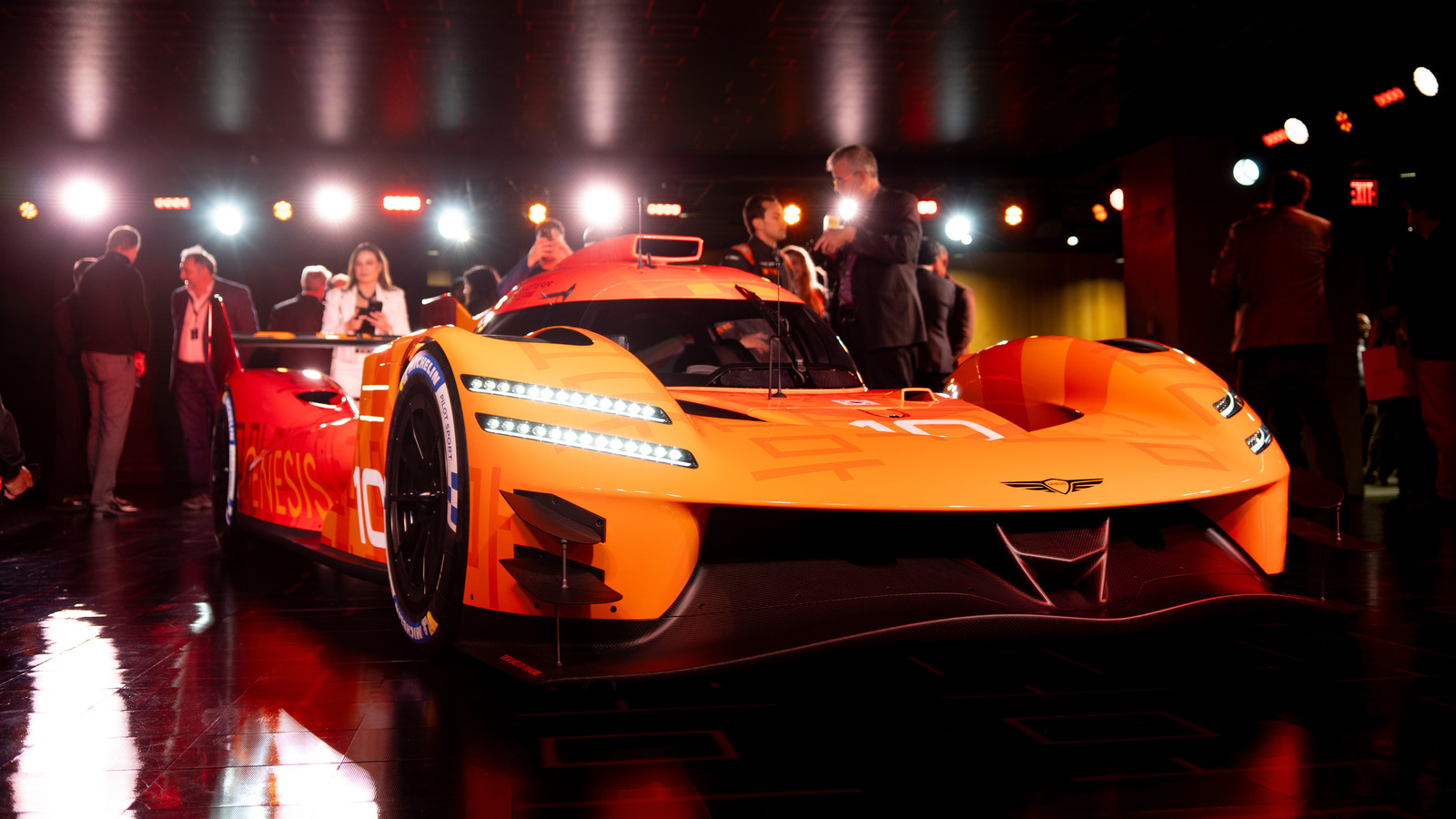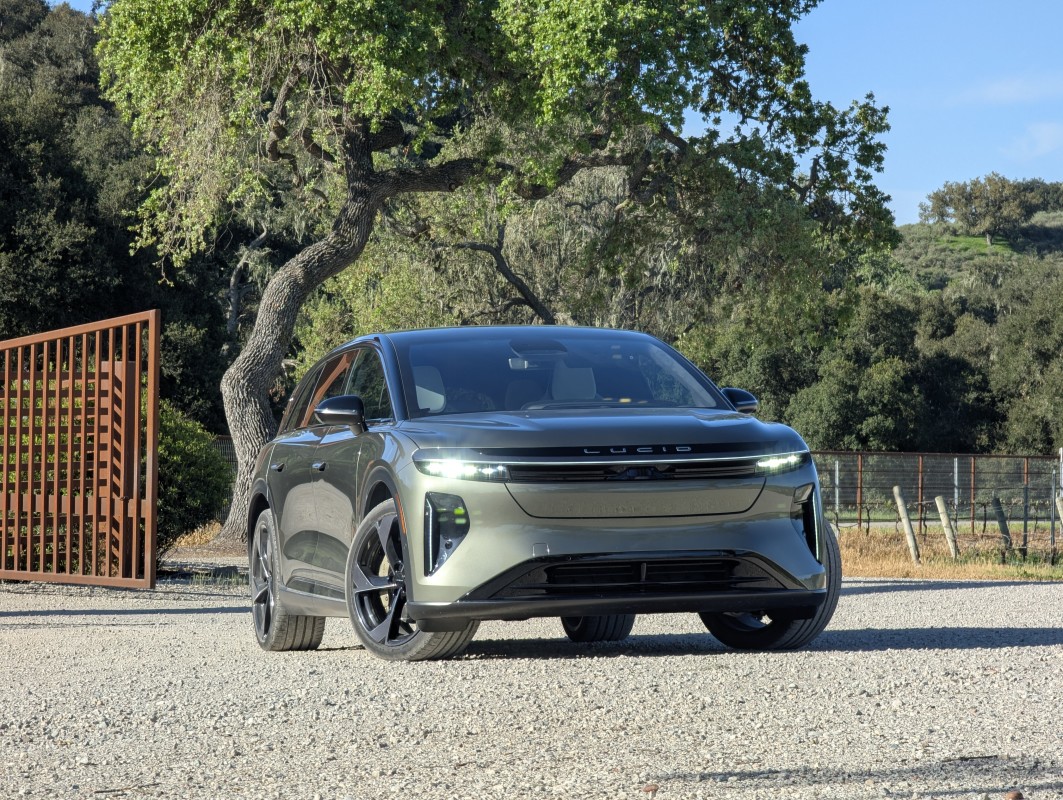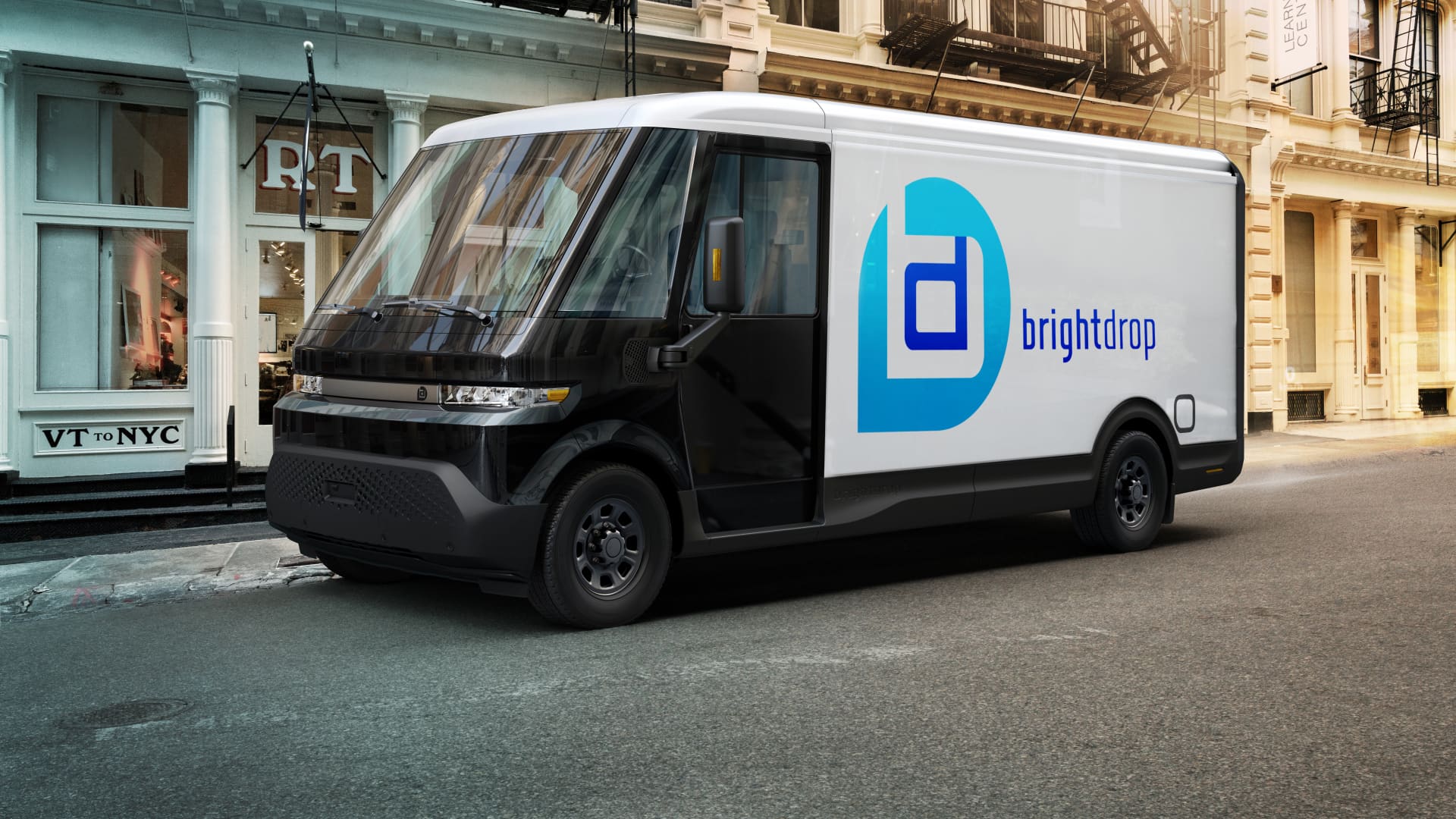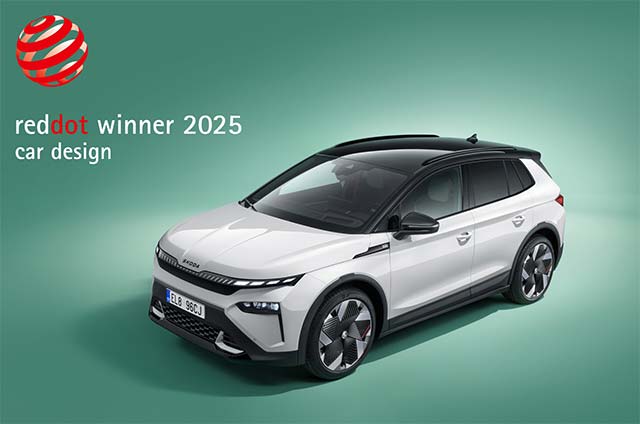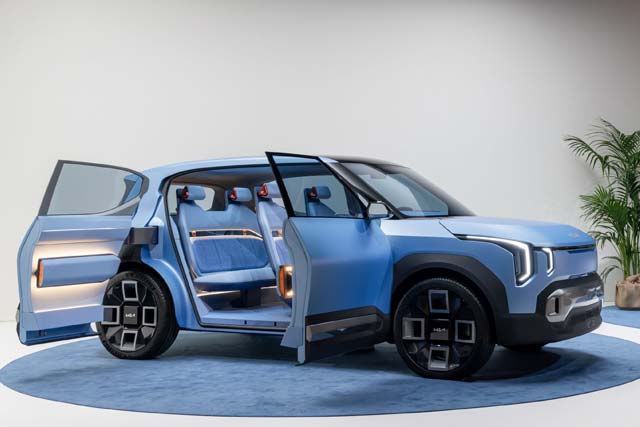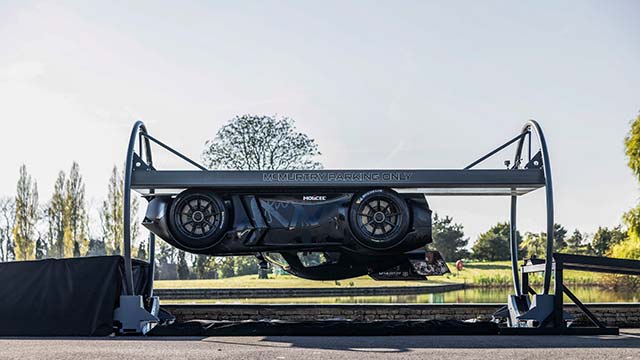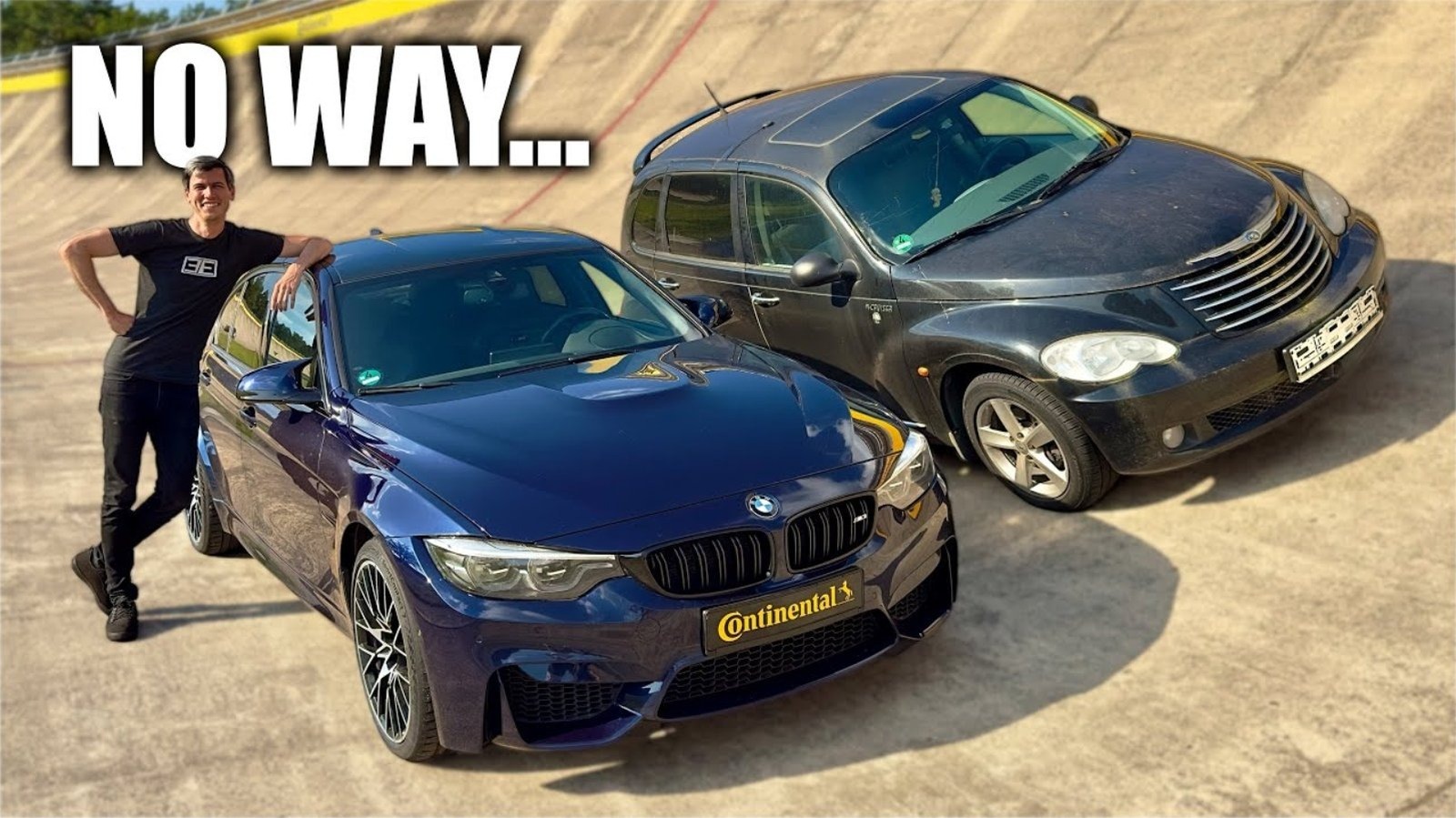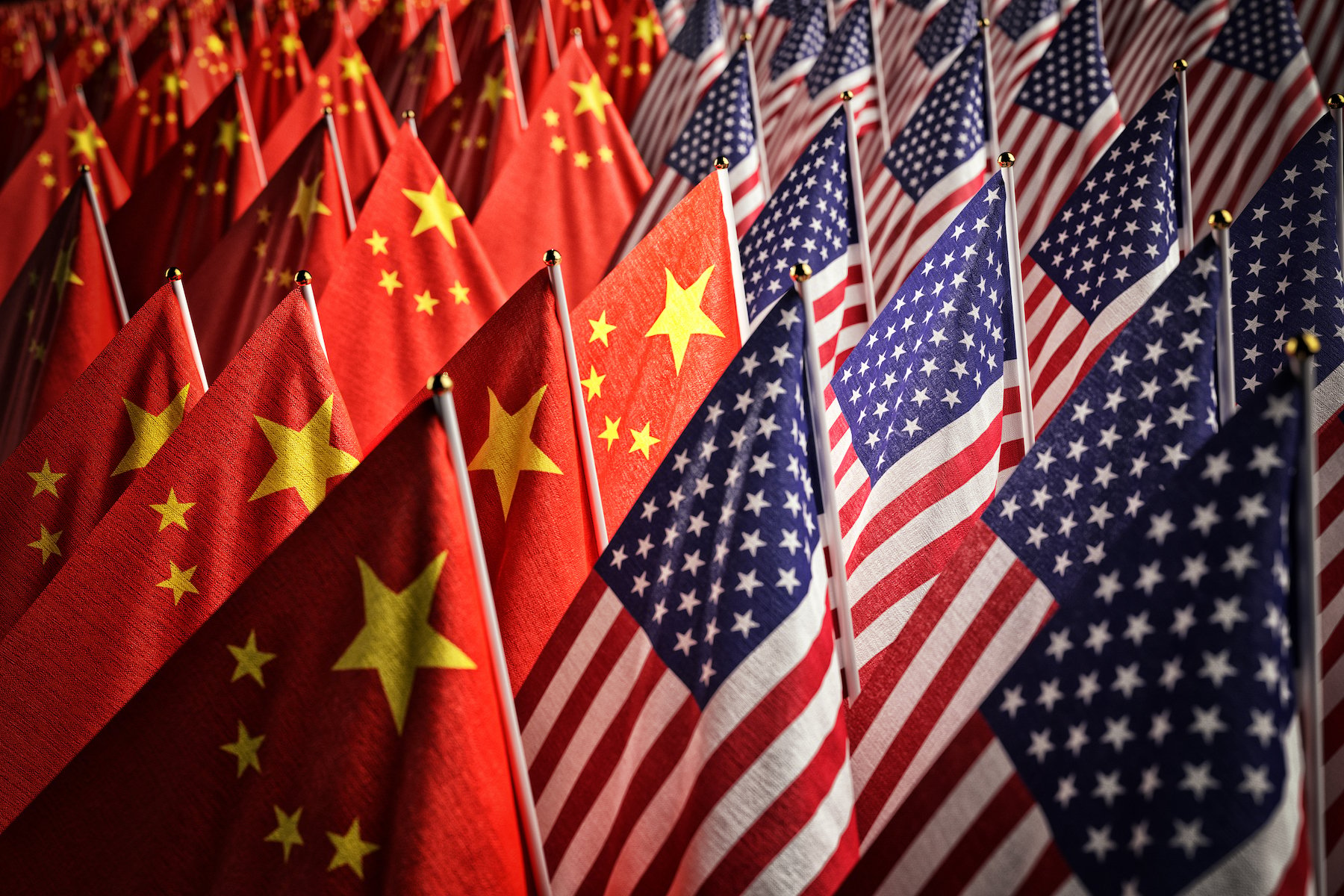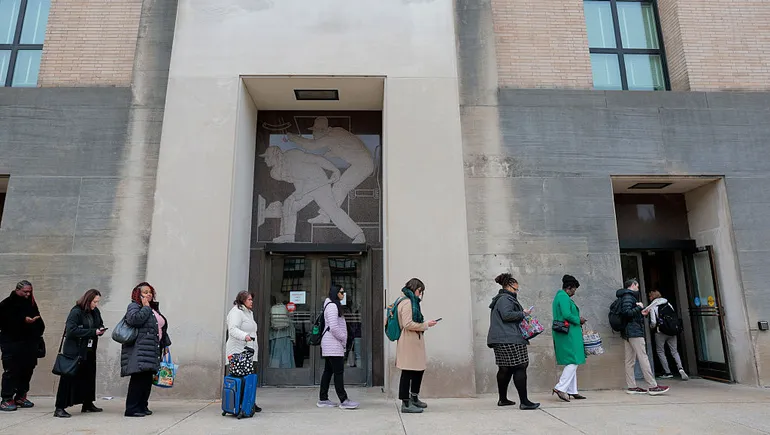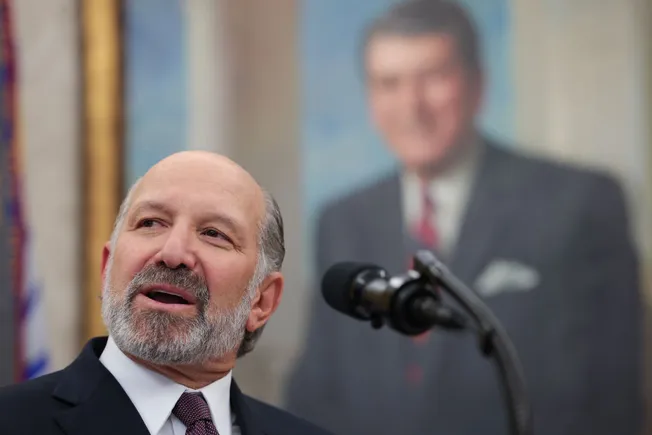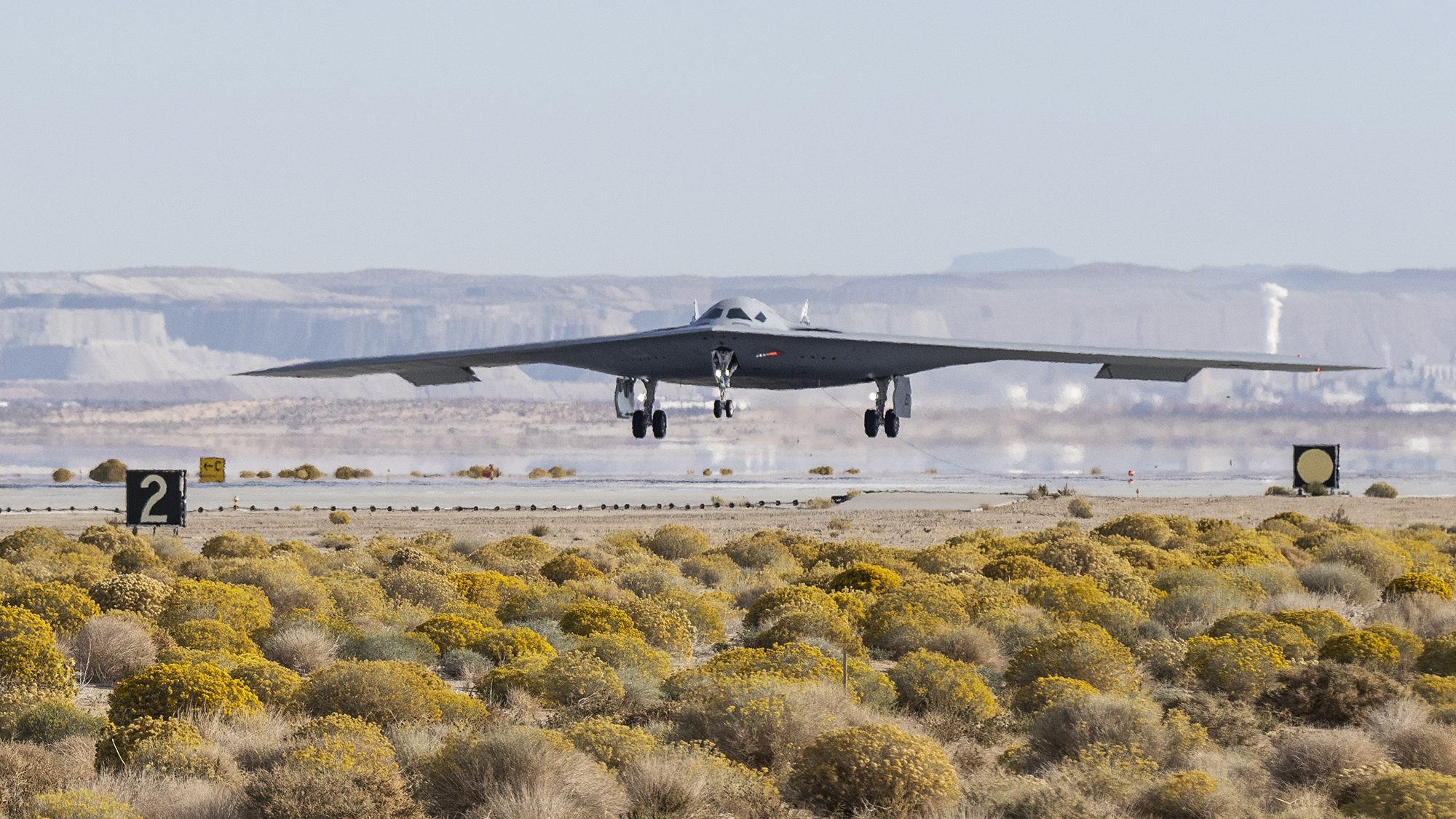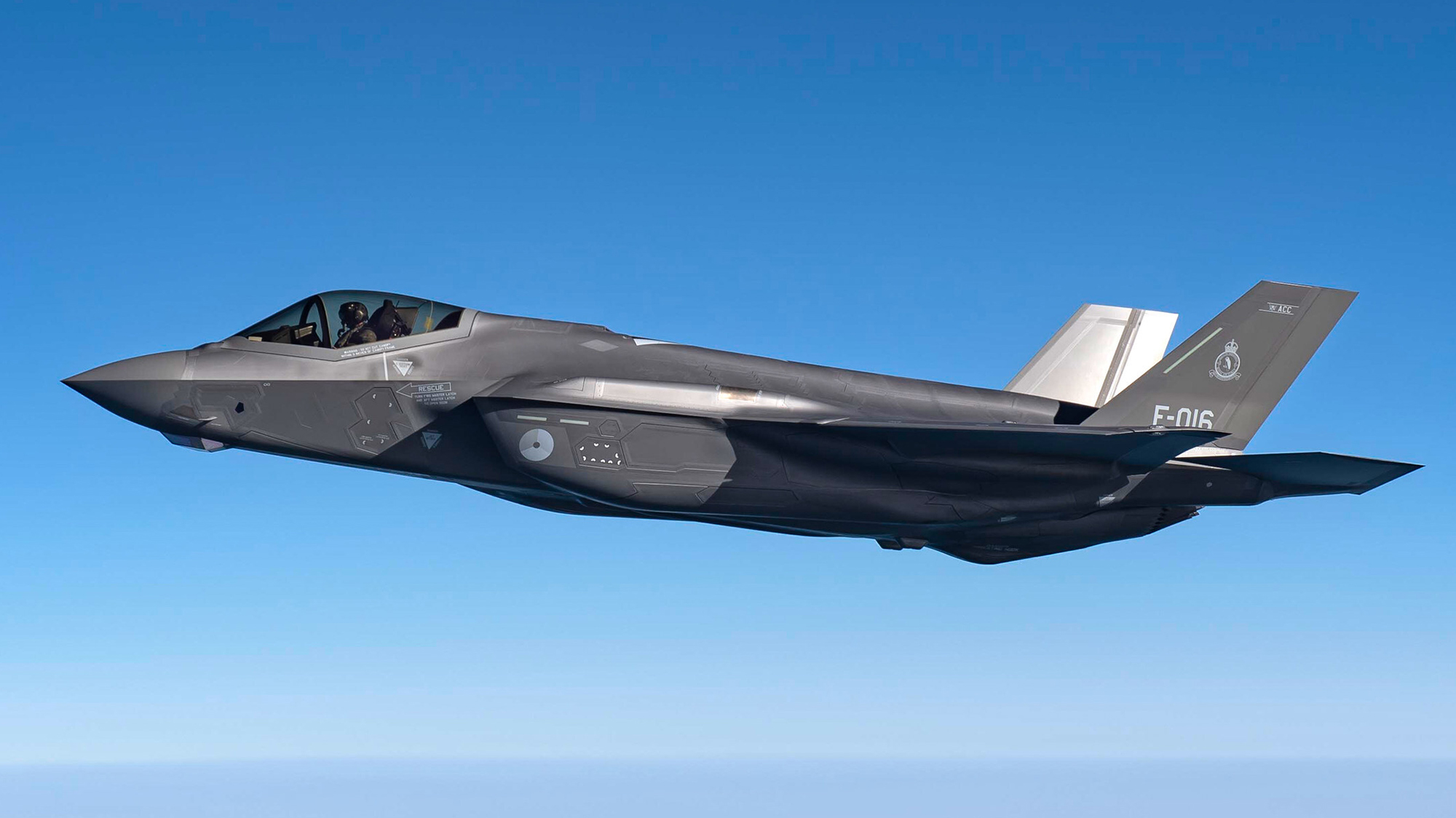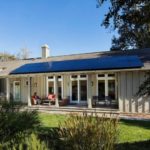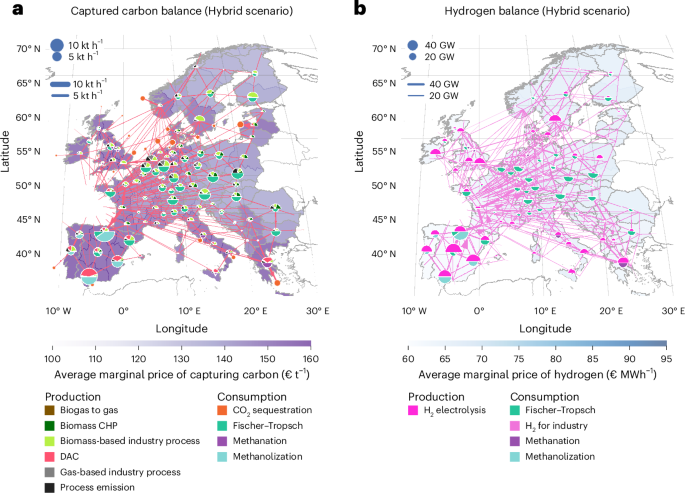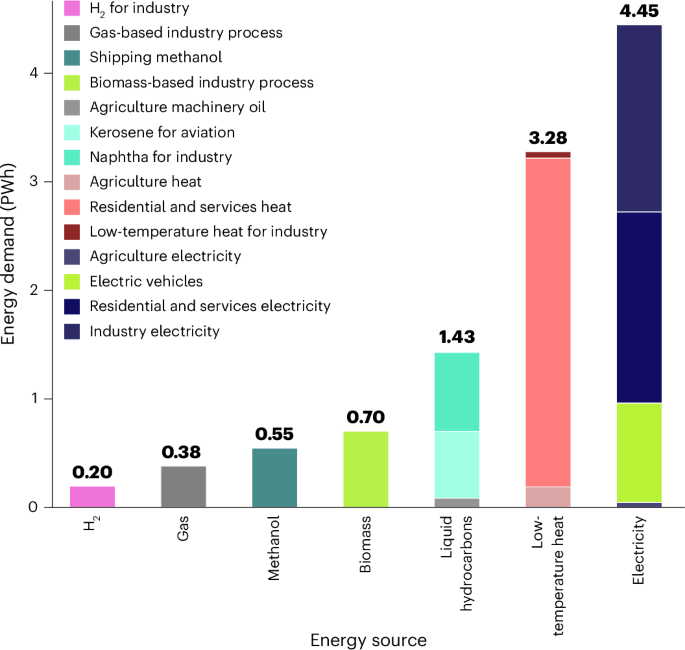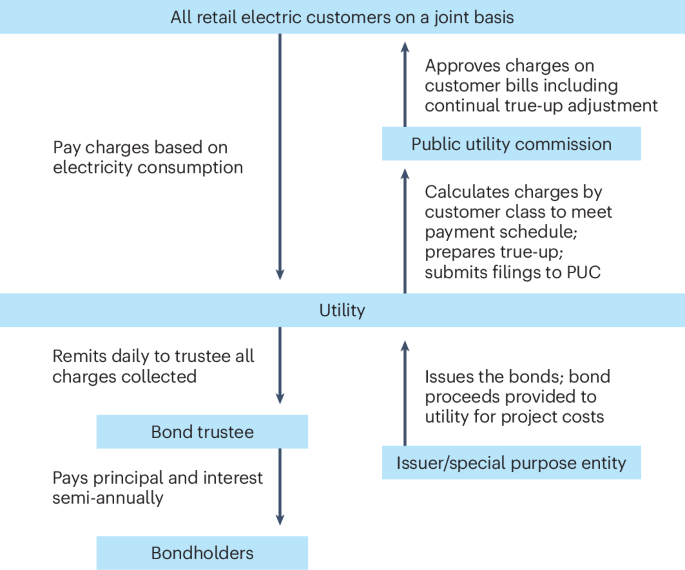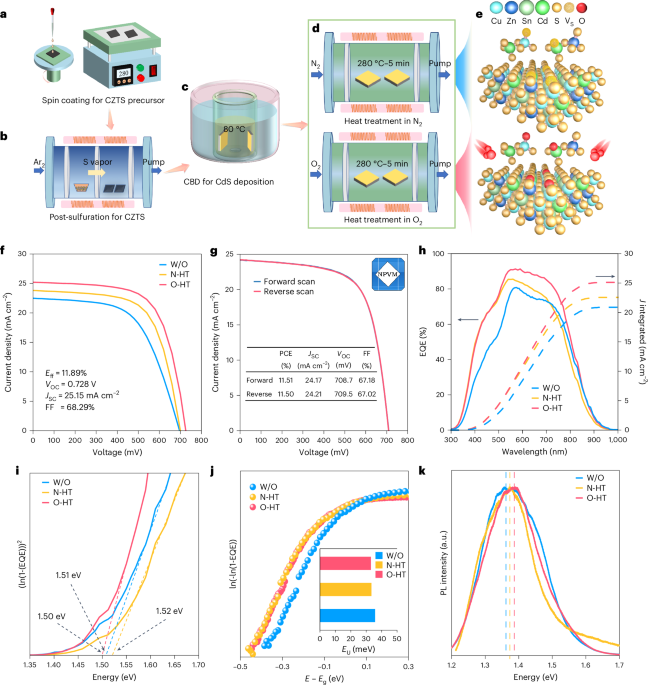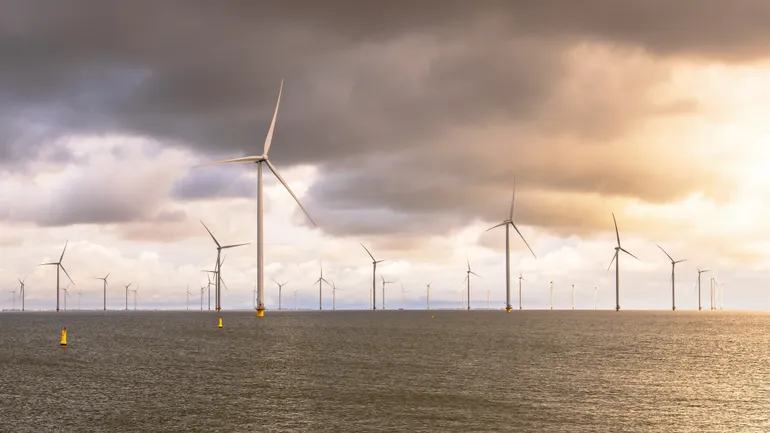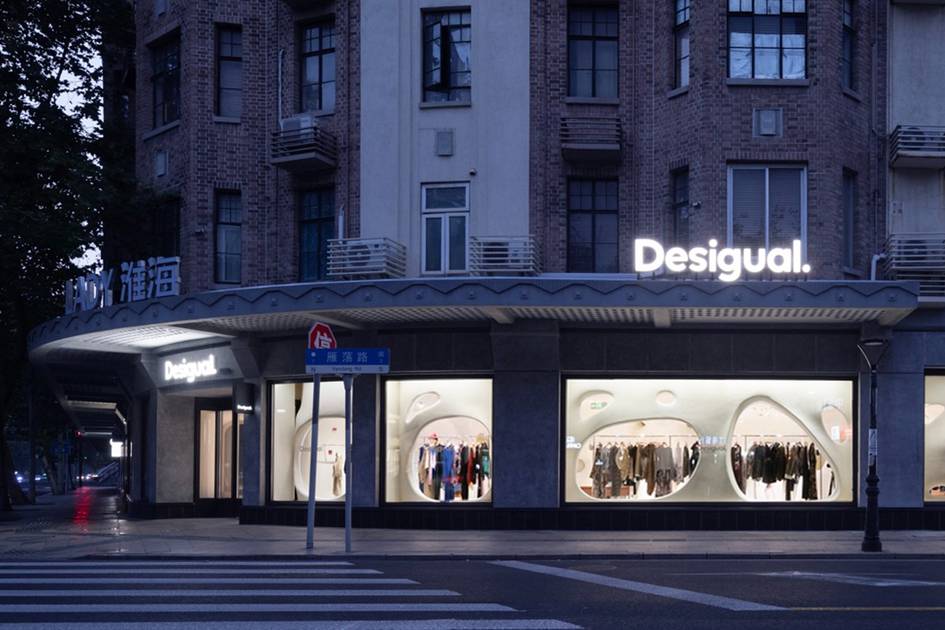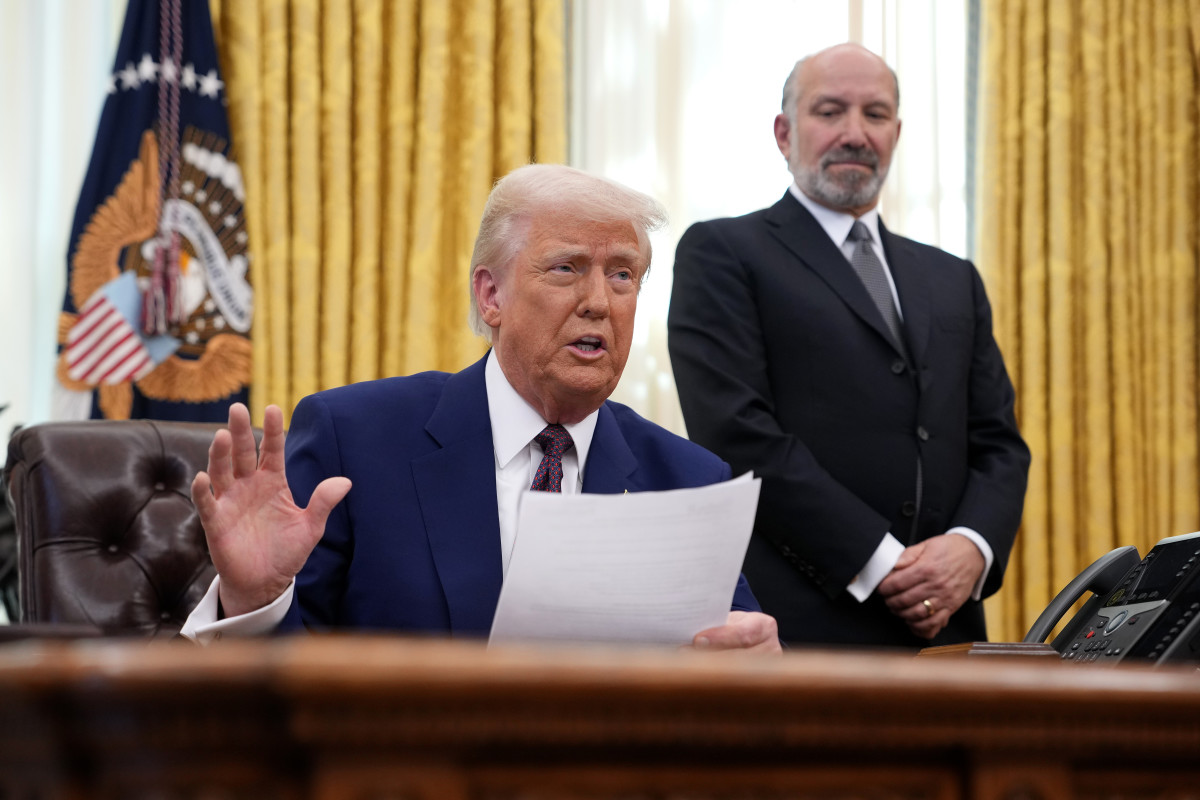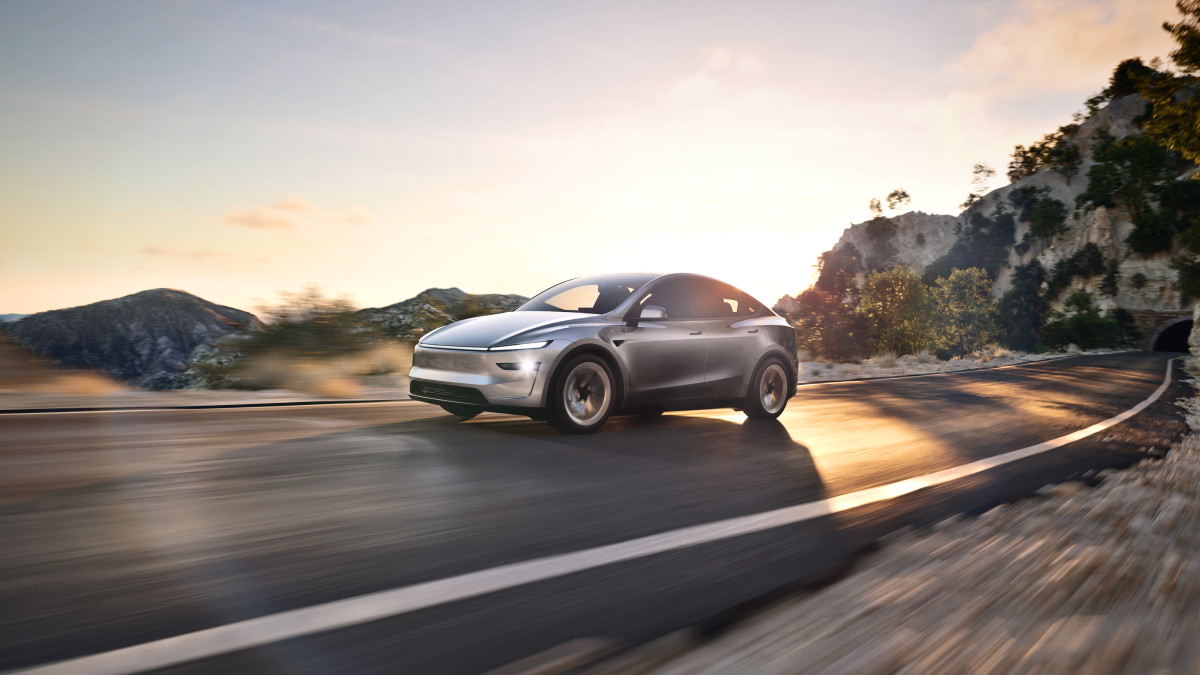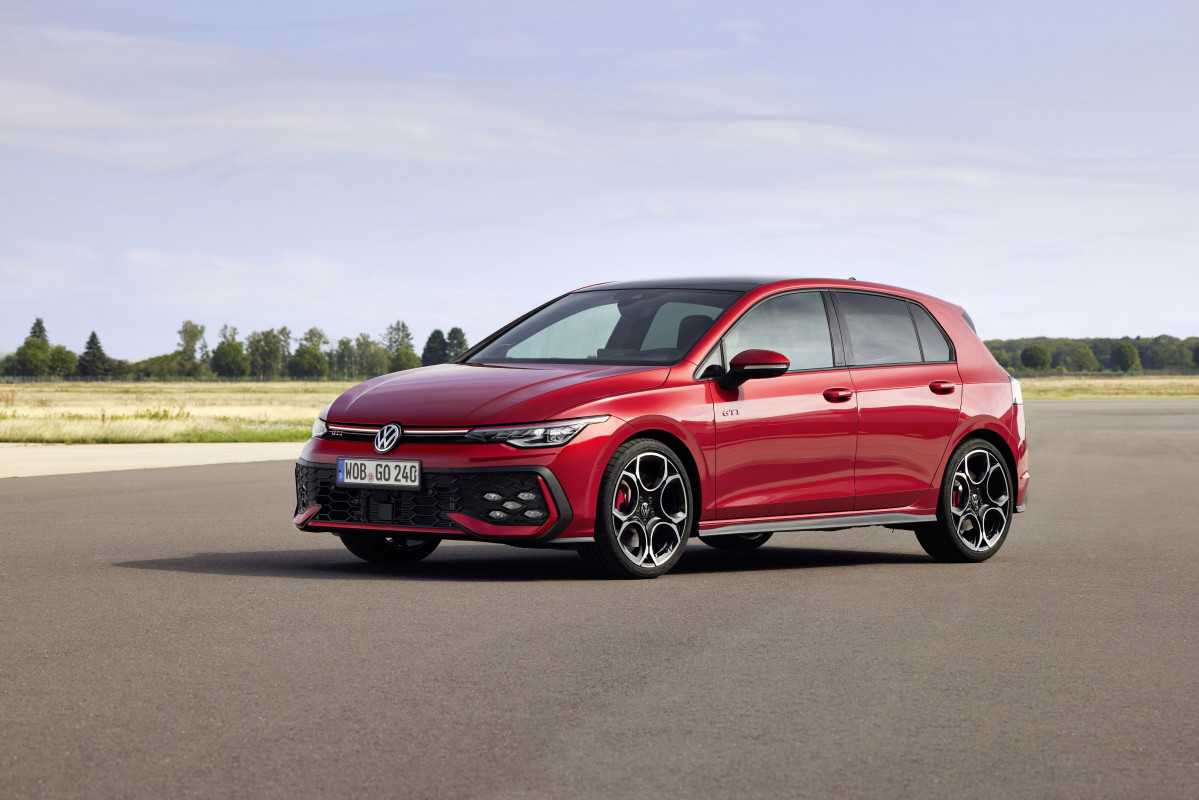Volvo Makes Radical Shifts to Weather the Tariff Storm
The Swedish brand is making some adjustments to help sell in one of its biggest markets.
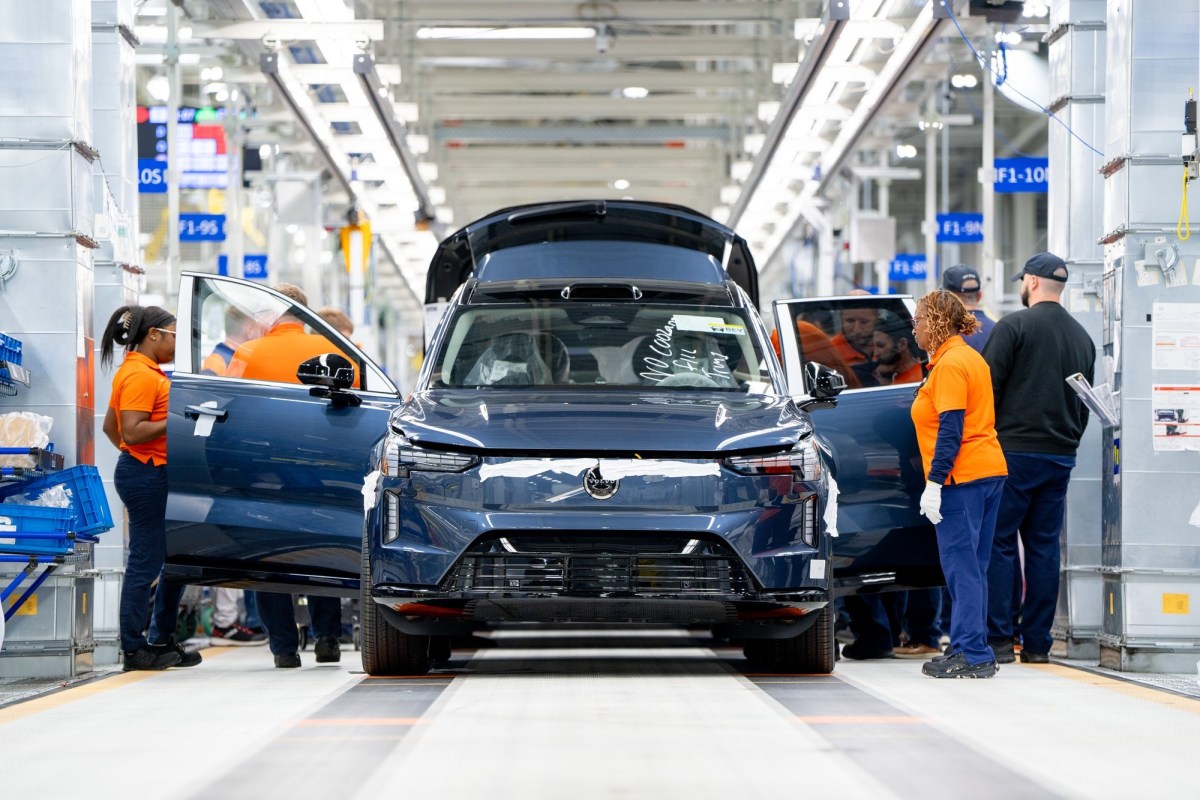
A company insider says the Swede will cut a low-selling model impacted by tariffs
As the situation regarding President Trump's tariff plans evolves, Swedish automaker and wagon savant Volvo is making some adjustments to better equip itself for the United States market. On April 9, the President slapped a 125% tariff on Chinese-made goods, including cars, a move prompted by what he calls the "lack of respect" the country "has shown to the World’s Markets."
Trump's latest gesture came the same day he paused reciprocal duties on many U.S. trade partners to 10% for 90 days to allow trade negotiations. However, Trump Administration officials say that 25% levies on vehicles built in all other countries that began on April 3 will still remain. Volvo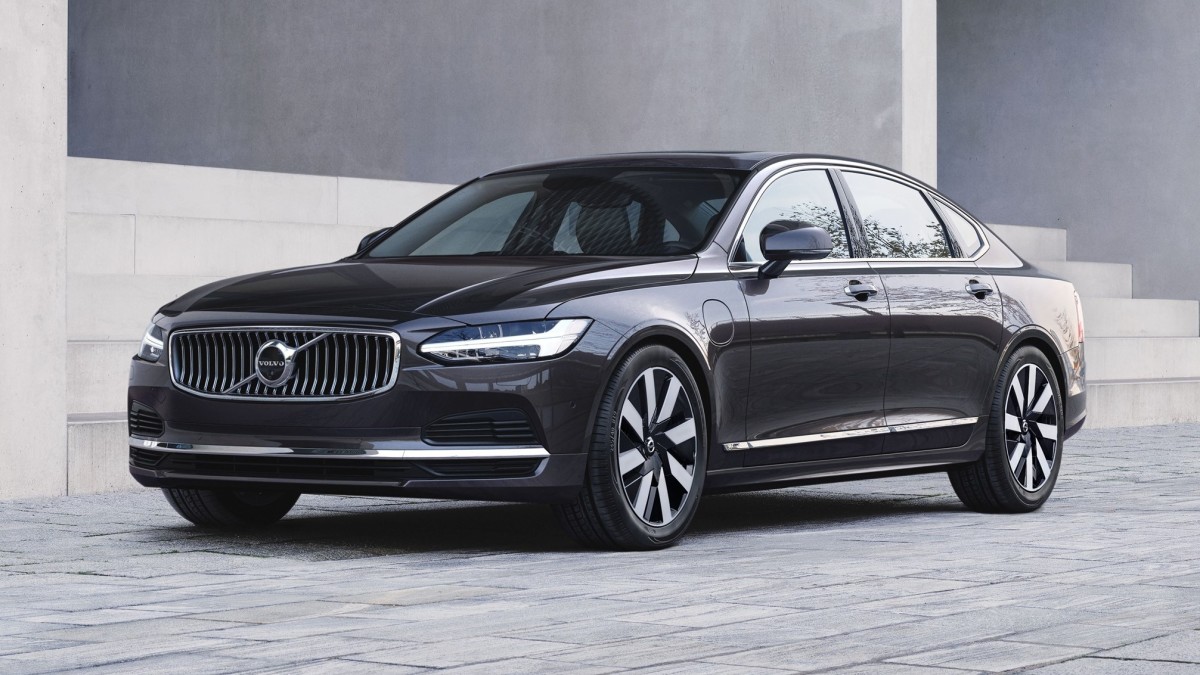
Accelerated Chinese tariffs prompt the S90's exit from U.S. Market
According to a new report from Automotive News, one of the major developments resulting from the ongoing Trump-China trade debacle for Volvo is the exit of the S90 sedan from the United States market. An unnamed source close to Volvo told the trade publication that the automaker is expected to cancel U.S. S90 orders next year.
The source said that the brand just doesn't sell enough S90s in the U.S. to justify stomaching the potential triple-digit tariffs to bring them over. According to Volvo's own data, the brand sold 125,243 vehicles in the United States in 2024; a 2.7% drop compared to the year before. However, it sold just 1,364 S90 sedans in the United States in 2024, which are primarily made in Daqing, China.
"It’s a low-volume car for the U.S.," the anonymous source told Automotive News. "Rather than deal with [the tariffs], they are just going to cut it out."
Related: Volvo Pushes Out CEO in Surprise Move
The S90's exit would withdraw Volvo entirely from the sedan market and further highlight its bestselling crossover SUVs, particularly the XC40, XC60, and XC90. The latest U.S. sales figures show that Volvo sales are up 7.5%, to 33,285 vehicles during the first quarter of 2025. So far, the XC60 leads U.S. sales with 12,706 sold in Q1, the bigger XC90 with 9,369 and the smaller XC40 with 6,469 units moving off dealer lots.
Volvo is aware of the tariff situation. In an April 9 memo to dealers, Volvo Car USA and Canada President Michael Cottone noted that the "challenging global economic and geopolitical climate" is impacting Volvo's business. To challenge its tough situation, Cottone said that Volvo is increasing production of the electric EX90 SUV at its Ridgeville, South Carolina assembly plant to help reduce costs and improve volume. Still, it is not the only thing they are doing to combat the tariff threat, as it plans to add additional production at its U.S. factory.
"We are also considering the potential of adding production of another car model in our U.S. plant, which has a capacity of 150,000 cars per year," he said.
Håkan Samuelsson, the brand's former CEO, who recently came back to the helm following the departure of Jim Rowan, recently told Bloomberg that it “will have to look closely” and make more cars at its U.S. factory to reduce its exposure to Trump's new tariffs. Volvo already builds EX90 and Polestar 3 electric vehicles at its plant near Charleston. However, he said that Volvo will "have to increase the number of cars we build in the US, and surely move another model to that factory." 
Final thoughts
Although it plans to ramp up U.S. production, it will prepare to offset the costs of importing cars to the U.S. with some changes that customers may not like. Though Cottone said that the automaker does not plan any sticker price increases in the near future, it will make "minor incentive changes;" meaning that discounts may be far and few between, especially on models that it will have to import from overseas.
People with knowledge of the move note that the plan for Volvo is to use the money it saved from discounting its cars to financially support imported models affected by tariffs that it plans to bring to the States; a plan that it feels is viable due to strong customer demand.











